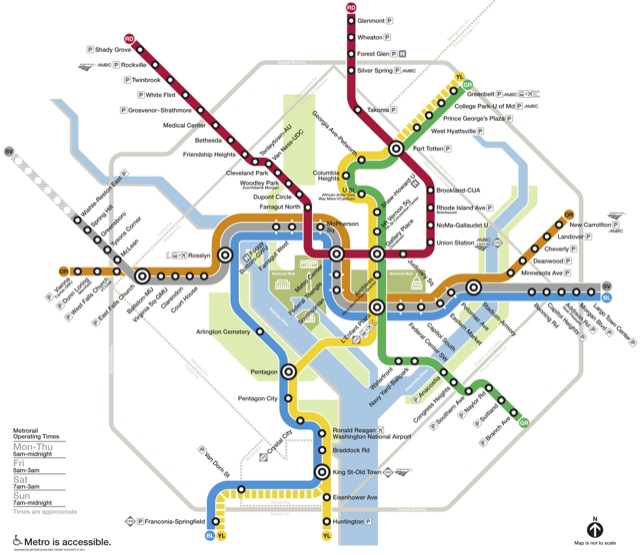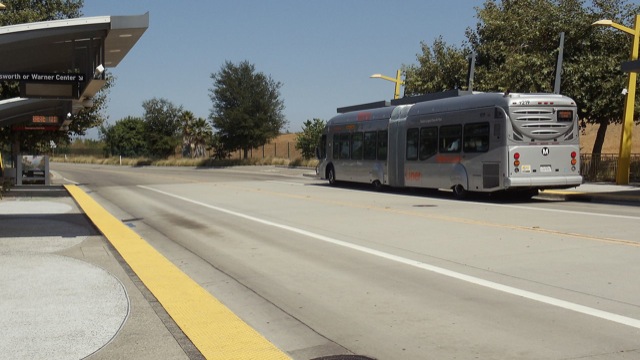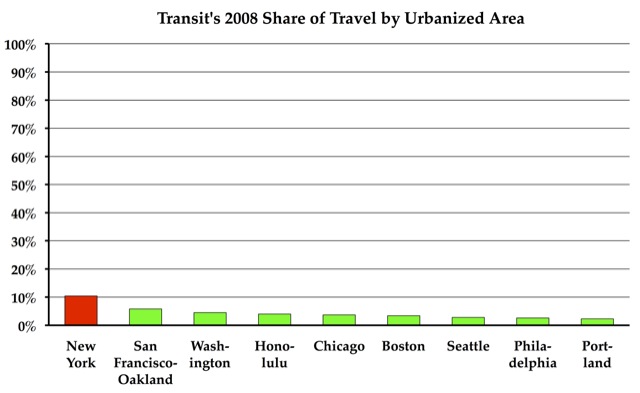A few weeks ago, a San Diego news outlet breathlessly reported that, “When more people live near a trolley station, more people use the trolley.” A careful look at the numbers shows, however, that the reason why more people in some areas use the trolley (San Diego’s light rail) is because there are more people, not because people in dense areas are more likely to ride transit.
The article reported “a strong correlation between daily activity at trolley stations and the number of people who live within a half mile of each station.” This was important, the writer noted, because when San Diego has proposed transit-oriented developments (TODs), “people who live in the area affected aren’t usually thrilled about the prospect of increased density, and the parking and traffic concerns that come with it. Often, those residents are wary of the idea that density spurs ridership,” notes the article. “But the data mostly proves developers and city planners right.”
Actually, it doesn’t. While the correlation between density and transit was moderately strong (correl=0.40), it was also not very steep. The slope of the line representing the relationship between density and ridership was 0.55, which means doubling the density results in 55 percent more riders. If density led people to ride more, doubling the density should result in more than double the number of riders. Since that doesn’t happen, the increased number of people are probably traveling by car a lot, which means local residents were right to be wary about TOD proposals.












